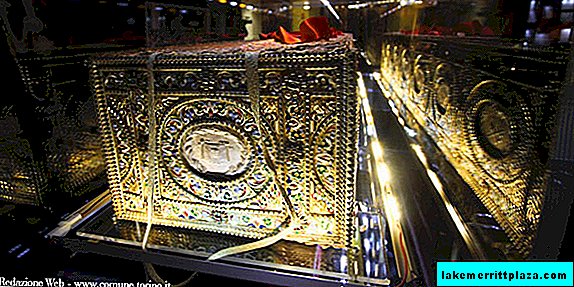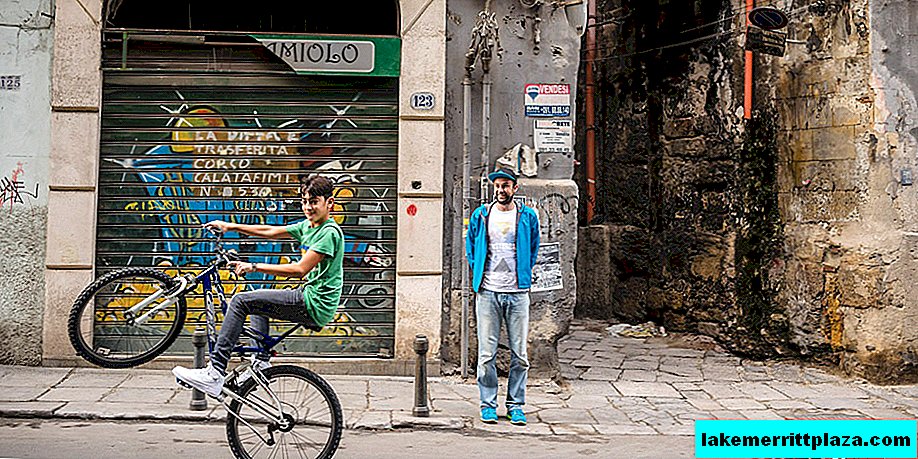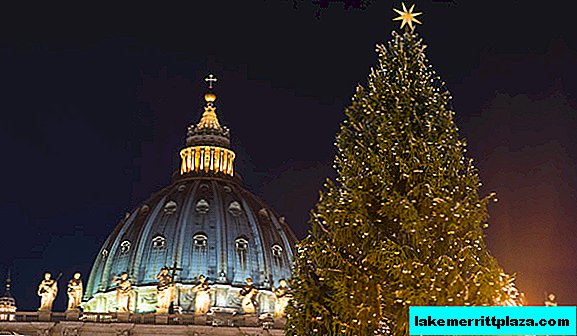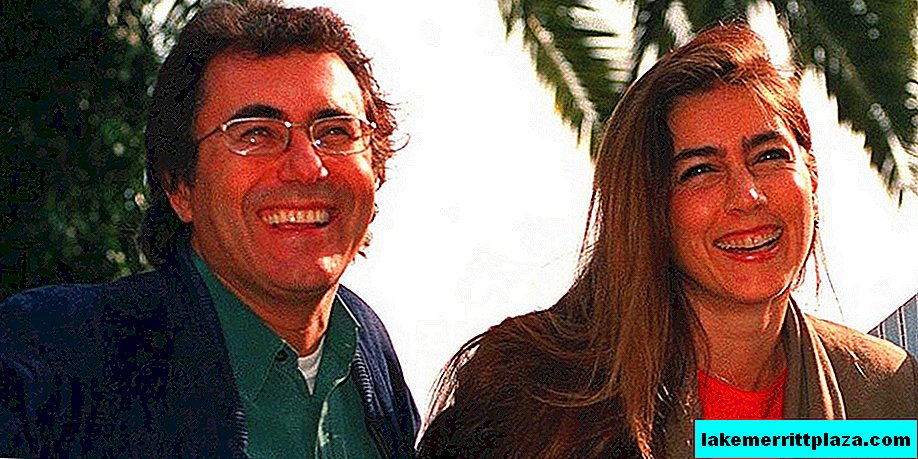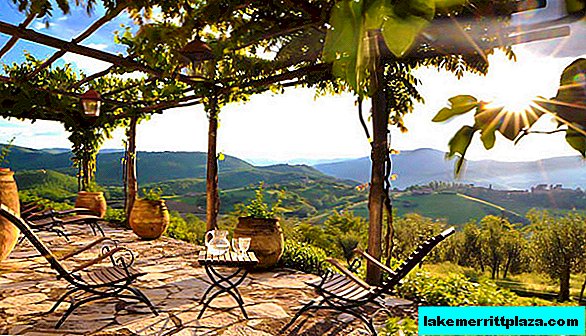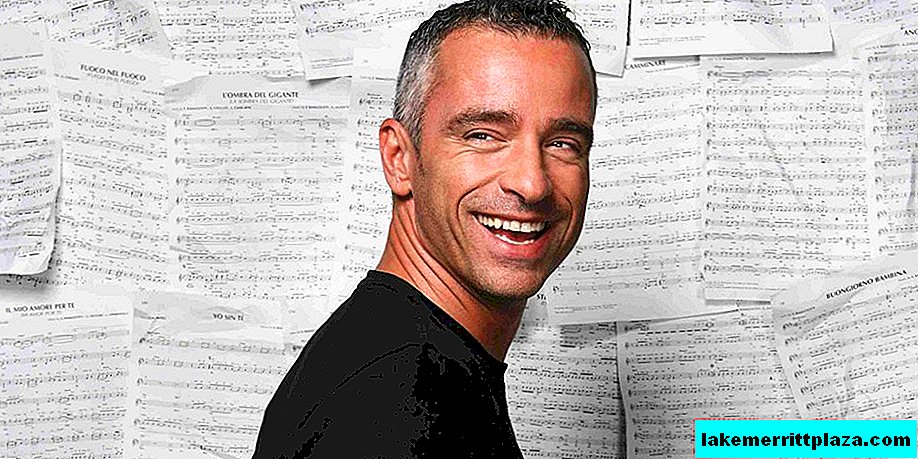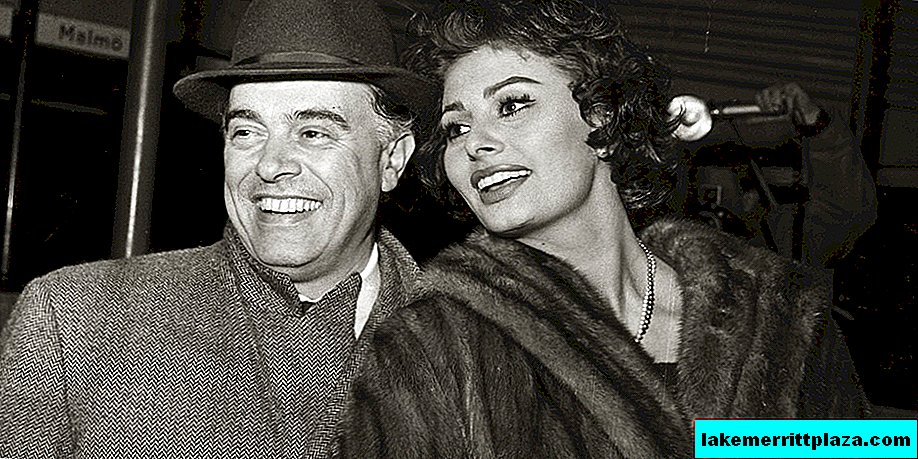The Church of St. Peter in fetters is a must-see not only because of the relic - the chains of the apostle stored here, but also for the opportunity to see one of the best works of the great Michelangelo - the Tomb of Pope Julius II with a sculpture of Moses.

Basilica of San Pietro in Vincoli (San Pietro in Vincoli)
The Basilica of San Pietro in Vincoli (San Pietro in Vincoli) stands on the square of the same name in Rome. "St. Peter in the Wings" (fetters) - the name of this temple is literally translated. The Verigi of the Apostle is a sacred relic, which is stored in the temple, attracting thousands of pilgrims to it.
History of San Pietro in Vincoli
The history of the basilica began in the V century. Evdokia (Athenaida) - the wife of Emperor Theodosius II, for her piety received as a gift from the patriarch of Jerusalem the faith of the Apostle Peter. She brought precious chains to Constantinople, one of them transferred to Rome, the daughter of Eudoxia - the wife of Emperor Valentinian. In 440, a basilica was built to store value at the expense of the imperial couple. Verigi is kept in this temple under the altar, in a special casket. Annually, on January 29, the relic is brought to worship by believers.

Verigi of the Apostle - a sacred relic
Reconstruction of the temple
The appearance of the temple from the 5th century has not been preserved. In the VIII century it was expanded, in 1475 the facade was rebuilt, a little later the cloister was reconstructed. Outside, the basilica is a modest two-level structure with an arched gallery. 5 arches support octagonal columns, in the capitals of which is visible the coat of arms of Pope Julius II.

Main nave

Apse and the Altar
The interior of the church is divided into 3 naves, which are divided by 20 Doric columns of Greek marble. The interiors of the temple were radically changed in the XVIII century. The most striking elements of the decoration of the basilica are the wooden coffered ceiling with an 18th-century fresco “Miracle of the Chains”; drip frescoes "St. Augustine" and "Descent from the Cross" and the altar frescoes "St. Margarita" and "The Liberation of St. Peter."

Gravestone Mariano Vecchiarelli
Tomb of Antonio Pollayolo
The temple is the tomb of the Florentine painter and sculptor of the XV century - Antonio Pollayolo. On a marble tomb, along the edges of the bas-relief with a portrait of the deceased, two skeletons are depicted. They do not symbolize death, but Pollaiolo’s hobby (the artist studied anatomy in order to create reliable images in his works).
Tomb of Pope Julius II
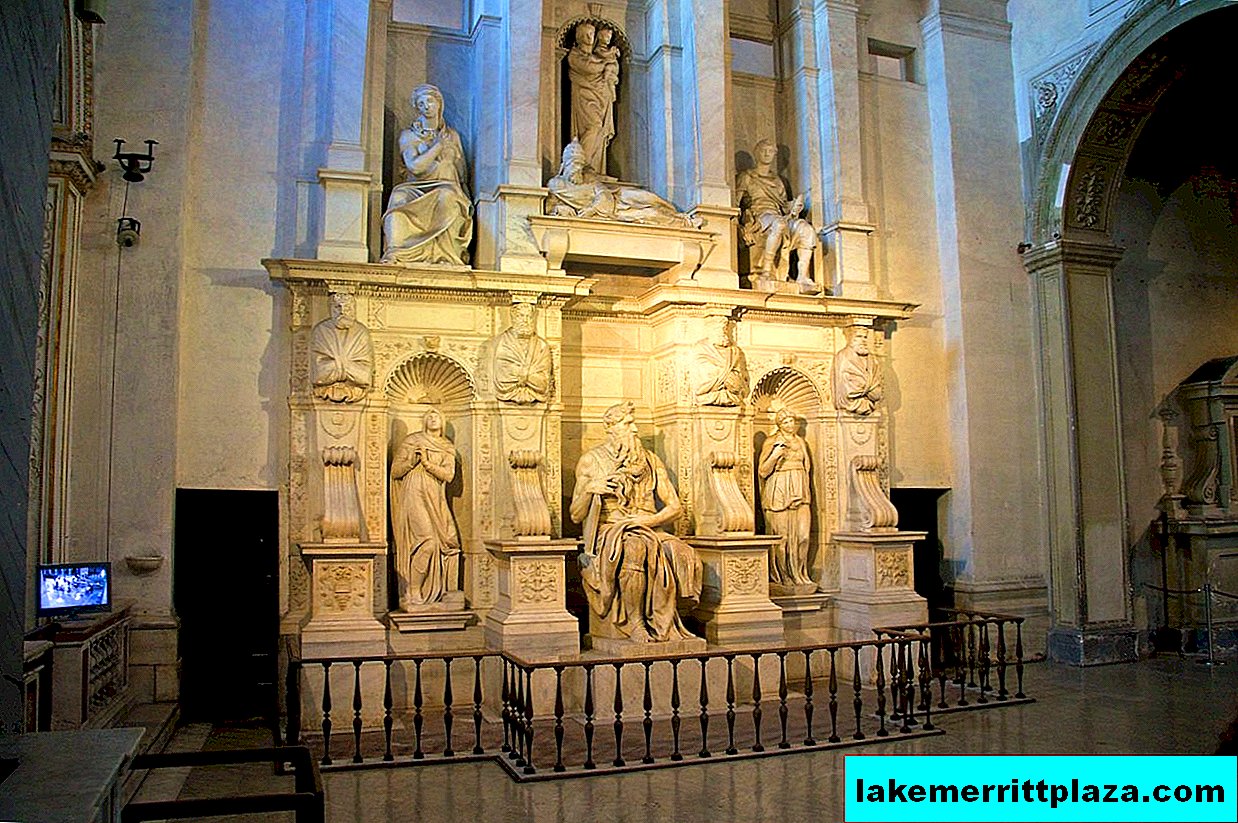
Tomb of Julius II
Pope Julius II rests in a large mausoleum. The composition of the tomb was created by Michelangelo Buonarroti. The sculptor began working on the monument during the life of Julius II, in 1513. It was planned to create a large-scale sculptural group, but subsequently the project was reduced due to financial difficulties.
The composition of the papal tomb is built in two levels. Below is a statue of Moses sitting on a throne. She is called "Moses with the horns." Indeed, the head of the prophet is decorated with ledges resembling horns. Such an interpretation of the image appeared due to an incorrect translation of the Old Testament. The original text said that the head of Moses, descending from Sinai, was surrounded by radiance. The translator interpreted the word "rays" as "horns."
On both sides of the figure of the prophet are statues of Rachel and Leah; in the niche above is the Madonna and Child, at her feet is the figure of Julia II.
Michelangelo sculpted two more sculptures for the tomb: The Risen Slave and The Dying Slave, but they were not included in the composition. The creation of the monument dragged on for forty years. The work was completed by the students of Michelangelo.
The papal tomb was ransacked by barbarians in 1527. The remains of the pontiff were lost.

Facade of San Pietro in Vincoli
How to get there
Take line B metro to Colosseo or Cavour;
by buses 51, 75, 85, 87, 118, N2 to the Colosseo stop or by buses 75, No. 2 to the Cavour-Annibaldi stop.
How do I save on hotels?
Everything is very simple - look not only at the booking. I prefer the search engine RoomGuru. He is looking for discounts at the same time on Booking and on 70 other booking sites.

